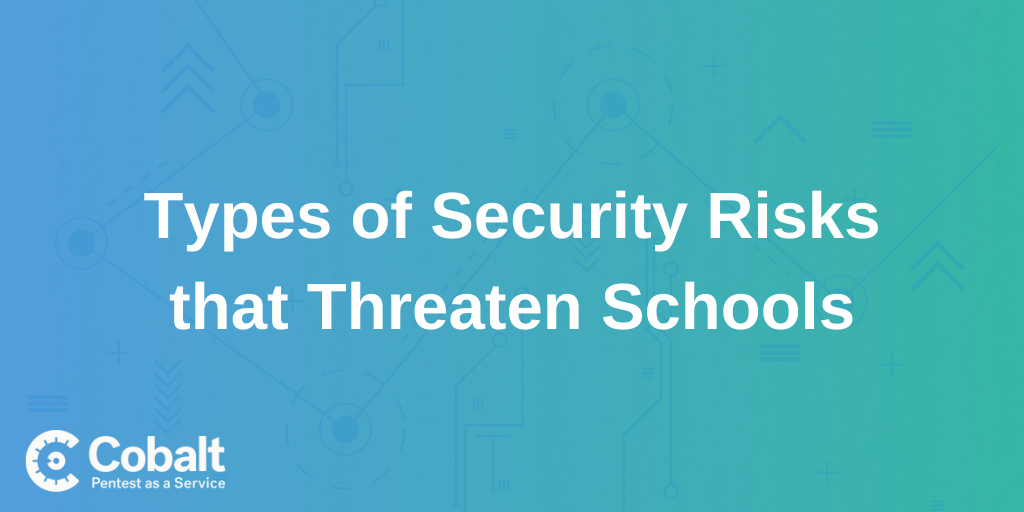A bot, short for robot, is an autonomous program that performs automatic repetitive tasks or mimics the actions of a person. Most bots are simply a set of code that operates through conditional statements such as if/then with a repetitive cycle — all of which is defined by the human behind the code.
In today’s digital age, bots exist everywhere. Understanding how they work empowers companies to utilize bots more effectively and also avoid an attack from malicious bots. This blog post will cover how bots work, the most popular types of bots, and the advantages or disadvantages of using bots.
Table of Contents
- How Do Bots Work?
- Types & Examples of Bots
- Advantages and Disadvantages of Bots
- What is Malicious Bot Activity?
- Why do cybercriminals use bots
- How Can Companies Prevent Malicious Bots?
How Do Bots Work?
Bots are simply software programmed to complete repetitive tasks automatically. They exist all around the digital world.
Sensors help bridge the gap between physical and digital worlds with bot usage. For example, a Ring doorbell will use a specific type of bot paired with a sensor to detect when motion passes in front of the camera and start recording to alert homeowners of the activity.
While there are many amazing things bots can achieve, they also have many malicious use cases. The functionality of any bot will completely depend upon the human programming or utilizing it. In the modern age, it’s important for individuals and businesses to understand the implications of bots to better protect themselves against those who wish to harm.
Depending on the different types of bot, these repetitive tasks can range drastically from a chatbot programmed to answer static questions or a more complex phishing bot programmed to deploy malicious phishing campaigns to unexpecting users.
Types of Bots with Examples
There are many different types of bots including spiders, scrapers, social media bots, and many others.
1. Spider or Crawling bots
As the name implies, spiders crawl the internet or other networks looking for specific information. These bots are programmed to crawl web pages across the internet, download, and catalog (index) content from the crawl.
These internet bots became popular with their usage by major search engines such as Google and Bing. Despite being a resource-intensive activity, crawling bots are a critical component to modern search engines to organize the vast and ever-expanding amount of content online.
2. Scraper bots
Scraper bots offer similar functionality to a spider, except instead of just reviewing information, scraper bots will actually extract specific data to be saved offline.
Scraper bots test the boundaries of legal and illegal, because many websites do not allow their content to be scraped. This is especially true with more sensitive data or copyrighted material, in which case the use of a scraper bot would be illegal and considered malicious.
3. Monitoring Bots
These range drastically across different use cases and include web and application monitoring systems, along with more advanced systems such as the Ring example discussed above.
A more common type of monitoring bot comes from website monitoring or other digital use cases. These bots help notify users when a predetermined anomaly or change to a system is found.
4. Social Media Bots
Social media bots are programmed to create social media messages, liking posts, or following users, with a goal of generating buzz around an account automatically.
Not all social media bots are malicious or spammy. It’s estimated that Twitter alone has between 20 and 65 million bots active on the platform in 2022. Despite explicit rules against using bots for spammy activity on Twitter’s Terms of Service, it does allow bots to exist such as the airline alert bot or other altruistic examples.
5. Ticketing Bots
These bots exist to deal with activities related to ticket sales such as scraping pricing data, checking inventory, or purchasing tickets.
Anyone who’s tried to purchase concert tickets and been beaten by faster purchasing competition may have been a victim of a ticketing bot. One estimate for a concert in Madison Square Garden estimated that over 1,000 tickets were purchased by a bot in the first minute of ticket sales!
6. Malicious Bots
Finally, we have malicious bots. They range drastically in form and function depending on how they are programmed, but all conduct some type of unwanted behavior.
The identifying factor for a malicious bot depends on what end goal the human behind the bot has in mind. Malicious bots range in activity from sending spam messages to stealing confidential information, or even worse — infecting the victim with a virus.
We’ll take a closer look at malicious bots below but first let’s look at the general advantages and disadvantages of bots.
Advantages and Disadvantages of Bots
The advantages and disadvantages of bots also range drastically. While this often depends on the goal of the human user, bots have a plethora of advantages including:
- Faster at completely repetitive tasks
- Save time for end users
- Always online with no need to sleep or rest
- Increase capacity for a simple task
Disadvantages of bots include:
- Bots require human management
- Rigid response or action of bots can confuse users
- Bots can’t understand advanced logic
- Opportunity to be used maliciously
Going beyond the disadvantages of bots, malicious bot activity is a concern for anyone operating online today.
What is Malicious Bot Activity?
Malicious bot activity includes the usage of any bot with an end goal of creating some type of malicious activity such as sending spam (everyone loves a good robocall everyday *rolls eyes*), scraping the web for vulnerabilities or weak points, finding phishing targets, and much more.
In general, any automated activity by a bot that violates a website’s Terms of Service would be considered malicious. Yet, the automated advantage offered by bots creates a strong incentive for criminals to use them.
Why Do Cybercriminals Use Bots?
As with most software, both good and bad actors use it to increase their efficiency. For criminals looking to increase their reach, bots provide an effective avenue. With the increased capacity through bots, online attackers can increase the scope of their attacks to accomplish more in less time.
One noteworthy application of criminals using bots comes from botnets. A Botnet is a group of interconnected computers or networks managed by a single individual. Botnets are often used to perform Distributed Denial-of-Service (DDOS) attacks, steal data, send spam, or other malicious activity.
The benefits of using a botnet for criminals derives from the increased computing power these automated networks provide. Instead of using their own hardware to attack a system, attackers can leverage their computing power available across their bot network. Again, this increases their reach exponentially, allowing attackers to accomplish more malicious activity in less time.
How Can Companies Prevent Malicious Bots?
- CAPTCHAs: Also known as, “Completely Automated Public Turing Test to Tell Computers and Humans Apart”, these tools force users to click on a picture to prove their identity as a human. This type of simple human verification will stop many types of bot attacks, such as decreasing the amount of spam submissions to a form.
- Honeypots: A less intrusive form of detection allows bots to see a hidden field on a form which humans do not see. When this form field is completed, the application manager becomes aware the submission is from a bot instead of a human. The great aspect of this approach is that it doesn’t interfere with the human’s submission.
- Firewall: If known bot activity is impacting your systems, then a firewall can help block the bots altogether. This is a great method to prevent bot traffic based upon their IP address or specific behavior.
- Antivirus software: Since malicious bots are categorized as a type of malware, antivirus software can help defend against them. These tools will scan systems to help prevent and detect malware for proper removal.
- Pentesting: Pentesting or penetration testing offers companies two core benefits to stop bot attacks. First, it can identify malware already infecting systems. Second, a manual test will identify weakness in your IT infrastructure which will be flagged for remediation prior to a malicious actor attacking the vulnerability. Both approaches help decrease the adverse impact bots can have on companies.
In closing, remember that bots are as good or bad as the human behind them. These automated tools in and of themselves offer no malice or benevolence, but the way they’re utilized certainly can.
To help prevent an attacker from damaging your business, consider implementing a strong security policy that includes regular pentesting. Through this and other proactive security measures, companies can increase the costs of an attack to a point where malicious actors are disincentivized to target them.




.png)




